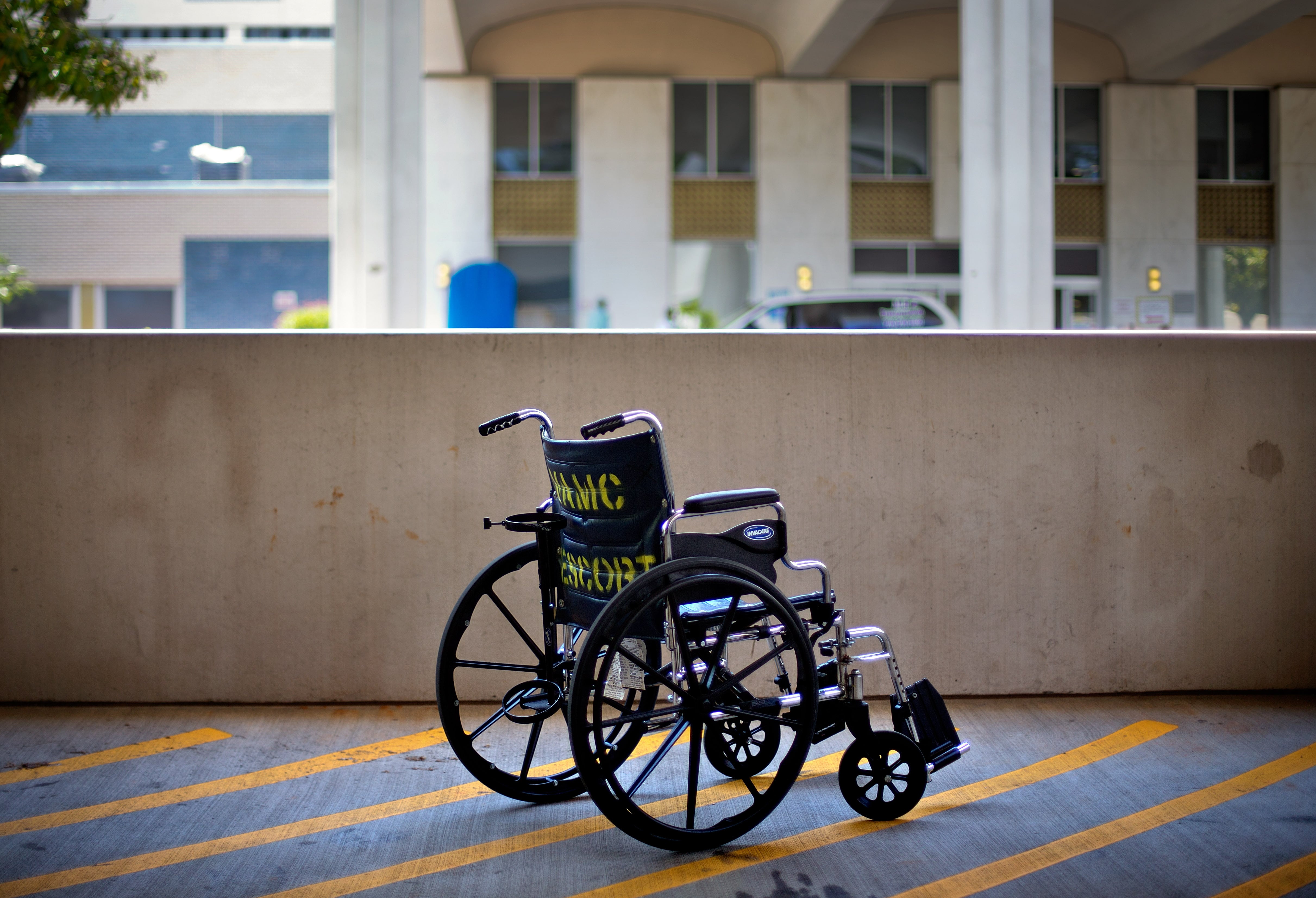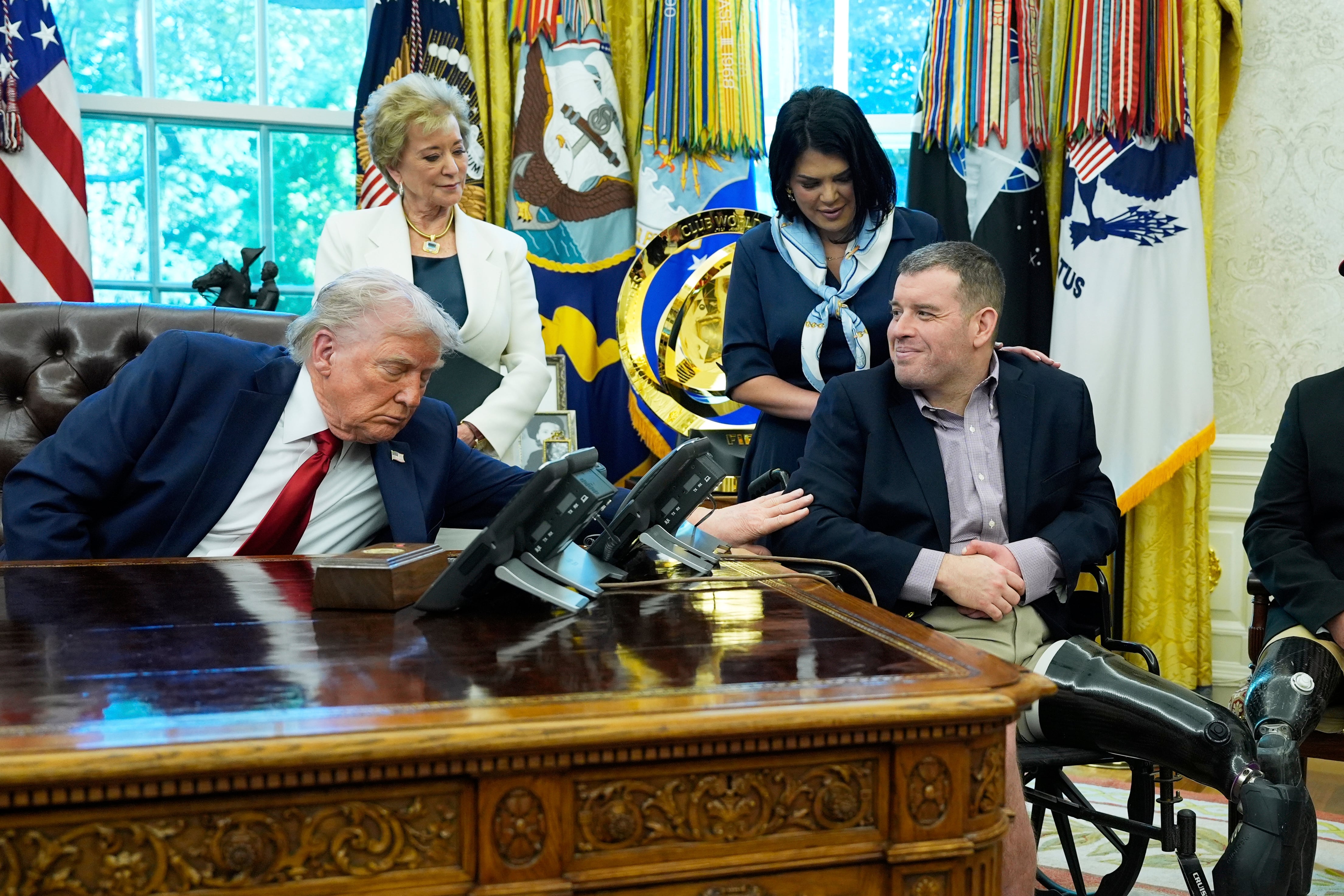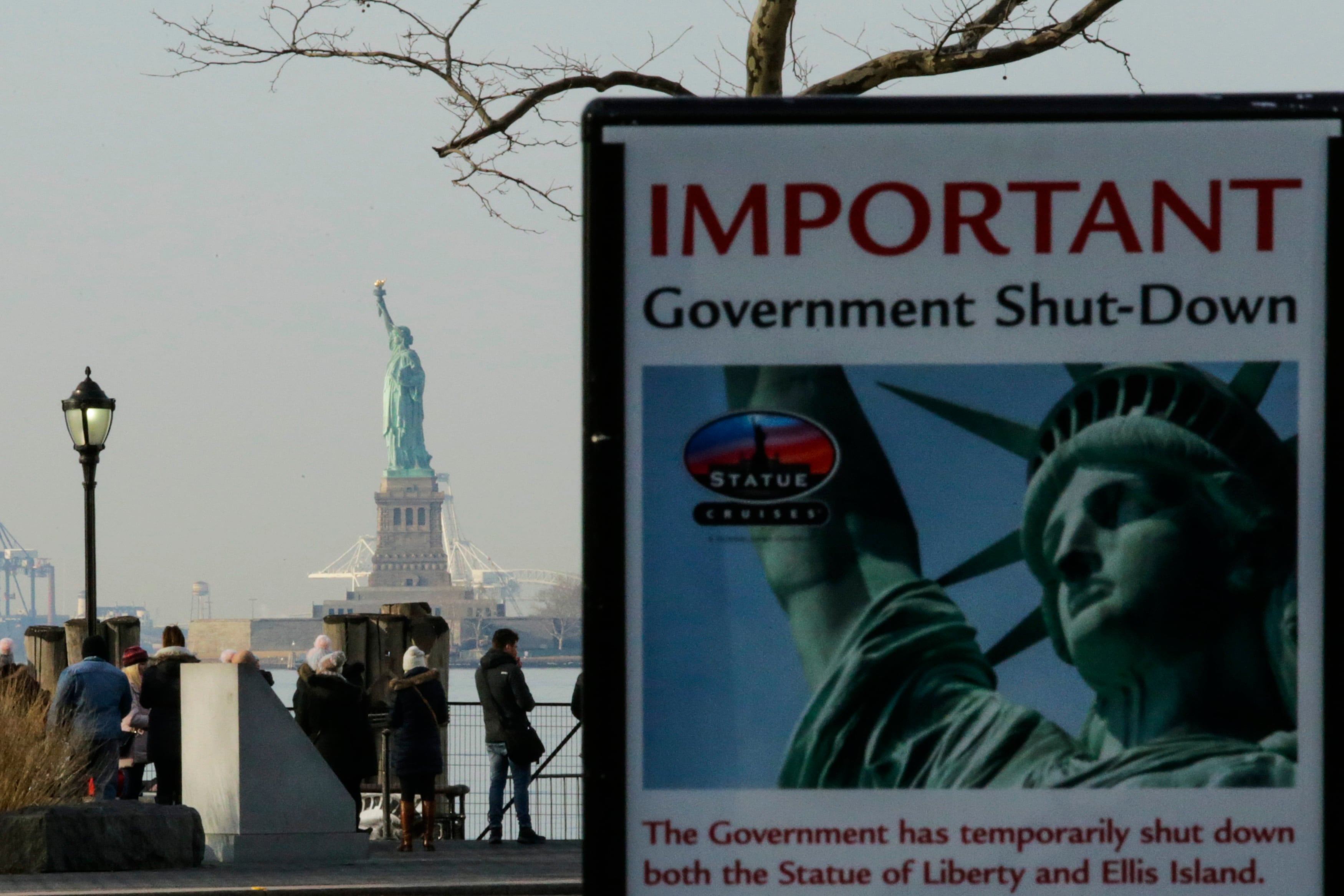In a move to trim the ranks, the Navy Reserve is extending up-or-out rules to sailors in the Individual Ready Reserve.
The new rules, effective Oct. 1, place high-year tenure caps on a much wider pool of sailors who, per Navy regulations, can't advance. The changes — announced in Naval Message 223/14, released Sept. 26 — will impact many of the 40,000 sailors who make up this inactive pool of reserve manpower.
"Until this revision of the [Military Personnel Manual] there were no high-year tenure limits on those in the IRR, only the active-duty, Reserve full-time support and the Selected Reserve had those policies," said Capt. Rick Tolley, branch head for reserve personnel policy on the chief of naval personnel's staff. "This move will provide equity and standardization throughout the force. We will regulate everybody with length-of-service limits by paygrade."
The Navy Reserve has two major parts: the Selected Reserve and the Individual Ready Reserve. Selected reservists get paid for drills and are assigned to reserve units. They compete for advancement with other reservists. Drilling reserve sailors have had up-or-out rules for many years.
The IRR has two components. Roughly 3,000 sailors are in voluntary training units, where they drill for retirement points — not pay. VTU sailors can compete for advancement with their paid Selected Reserve counterparts.
The remaining 37,000 are in what's called the active service pool. These IRR sailors are not affiliated with units. They do not drill or get paid, but they can volunteer to do two weeks of active duty each year and are able to be mobilized. They get their retirement points by completing Navy correspondence courses. And by Navy rules, these sailors can't advance.
Active high-year tenure is calculated, day for day, by the number of days spent on active duty. Only E-6s and above are allowed to get an active-duty retirement. But in the reserve, it's total time on the rolls that counts toward these up-or-out limits. Reservists must accrue at least 50 retirement points each year to get what's called a "qualifying year" of service toward a retirement.
Get less than 50 points and the year doesn't count toward retirement — but still factors into high-year tenure.
It has been possible for reservists to hit 20 years of total service without enough qualifying years to earn retirement, Tolley said.
Most impacted by this move are the more than 16,500 E-4 IRR sailors — the largest paygrade in the IRR. Many of these sailors went to the IRR from the Selected Reserve at the 12-year point because they could no longer drill.
For those E-4s in the active service pool, once they've hit the 12-year mark, they're out. Period. Officials don't have a handle on how many of these sailors will be discharged from the IRR. But for some, there's a way out — the service is offering a "grandfather clause" for about 787 E-4 through E-6s who are now over their stay-or-go date.
There are 234 E-5s who have at least 12 qualifying years toward retirement who will get the chance to join voluntary training units and be granted what Tolley called "sanctuary."
They'll be allowed to drill and accrue retirement points and be mobilized. But to stay in, they must have consecutive qualifying years each of the next eight years. Miss one year and they're done — no retirement and no appeal.
E-5s and E-6s, who are limited to 20 and 22 years, respectively, under the high-year tenure rules, will be allowed to finish under the same rules even if they're over new stay-or-go limits. They'll also be allowed to re-enlist once if necessary to get them to 20 years of qualifying service. E-4s with less than 12 years in the active service pool must either switch to the SELRES or join a VTU and advance to E-5 if they hope to retire.
Reserve HYT
High-year tenure is the amount of time, in years, sailors can remain in service at a given paygrade. If they don't advance to the next level, they are forced out.
Previously, those in the drilling reserve who reached these levels could transfer to the Individual Ready Reserve, which had no such limits, and still work to retirement. That has changed. The new limits, and the number of sailors affected:
Paygrade | No. of sailors* | High-year tenure (years) |
E-1 | 99 | 6 |
E-2 | 466 | 6 |
E-3 | 7,442 | 10 |
E-4 | 16,815 | 12 |
E-5 | 12,298 | 20 |
E-6 | 2,406 | 22 |
E-7 | 586 | 24 |
E-8 | 187 | 26 |
E-9 | 70 | N/A |
*Navy Individual Ready Reserve numbers as of Aug. 30
SOURCE: NAVY RESERVE

Mark D. Faram is a former reporter for Navy Times. He was a senior writer covering personnel, cultural and historical issues. A nine-year active duty Navy veteran, Faram served from 1978 to 1987 as a Navy Diver and photographer.




